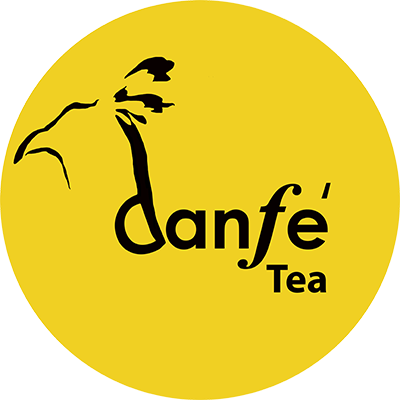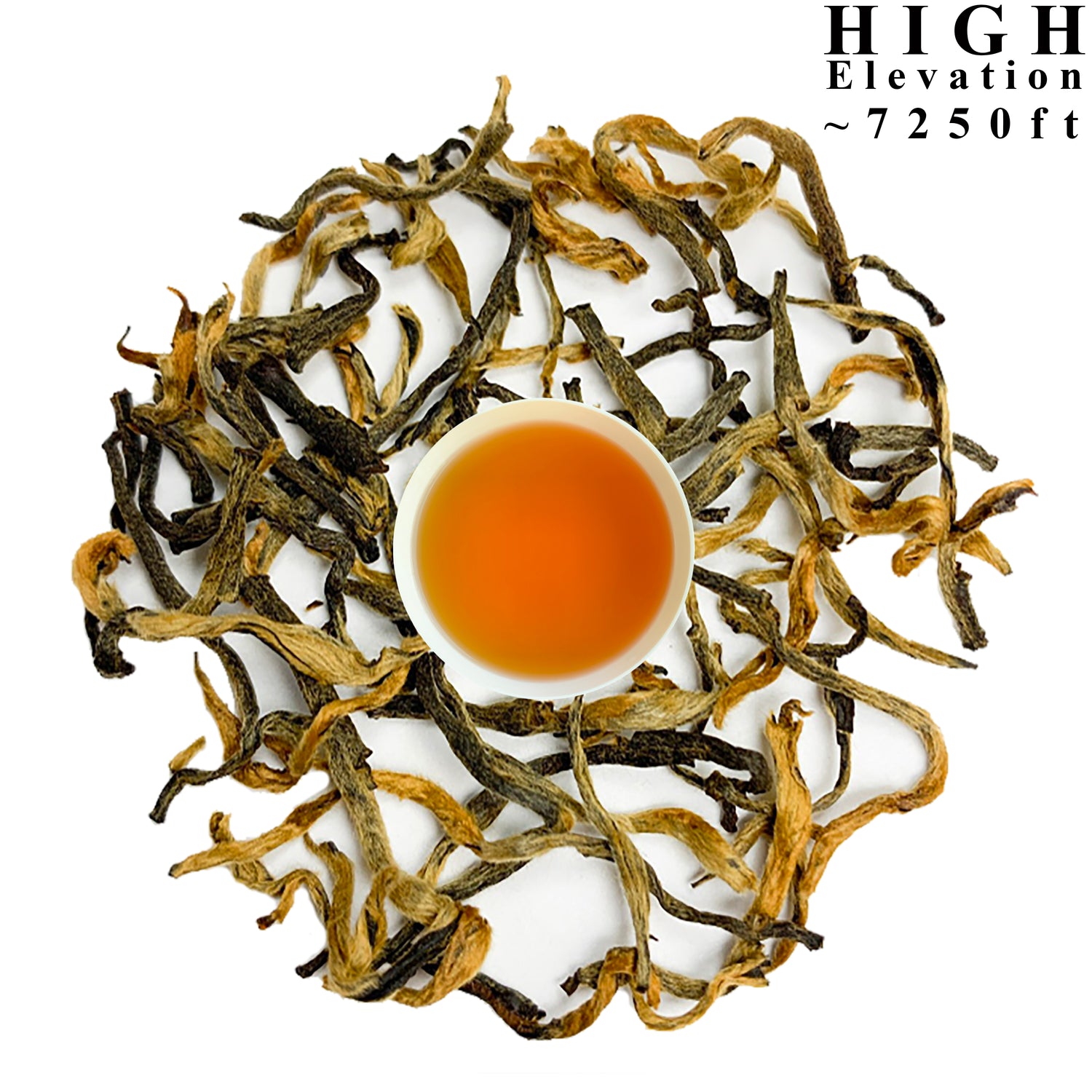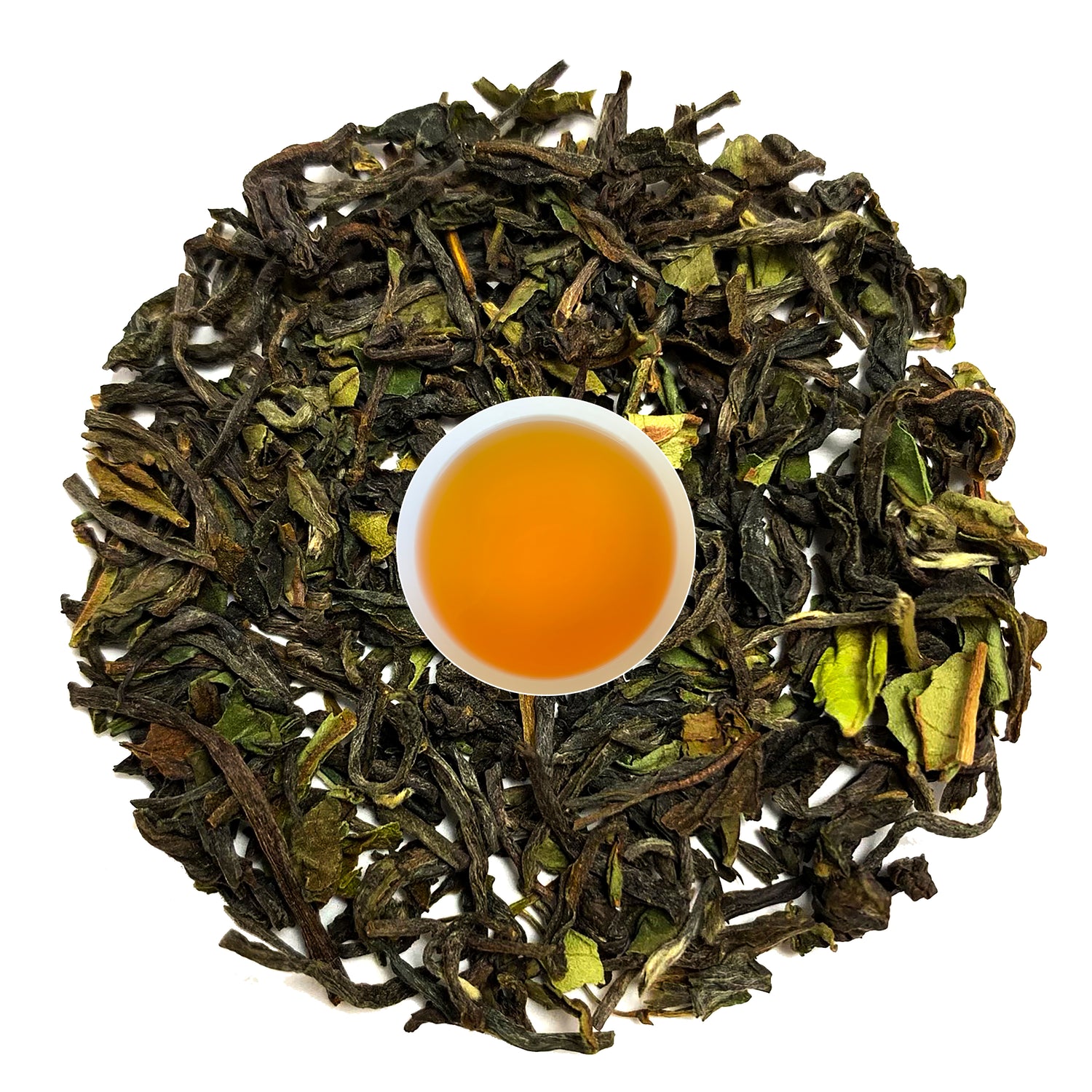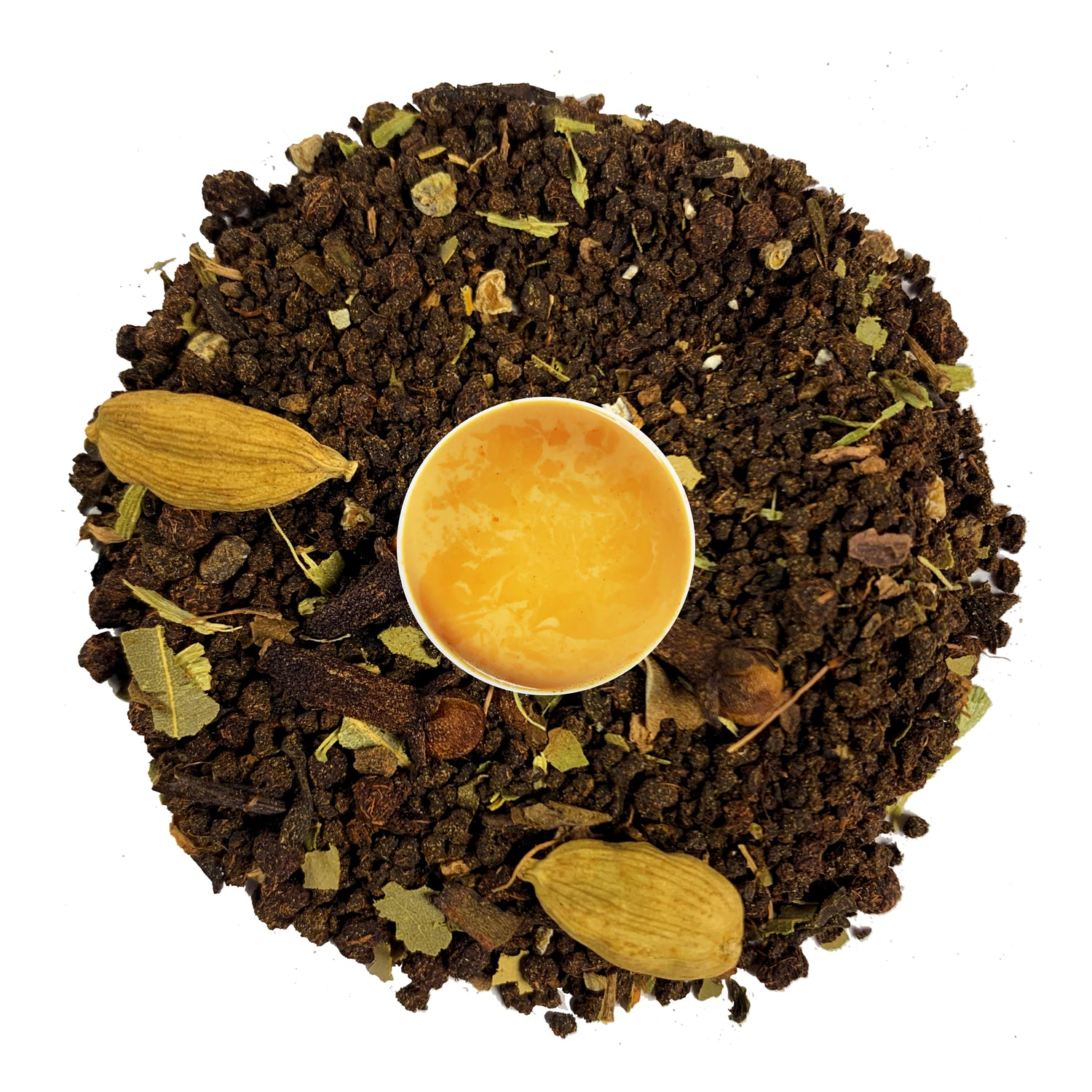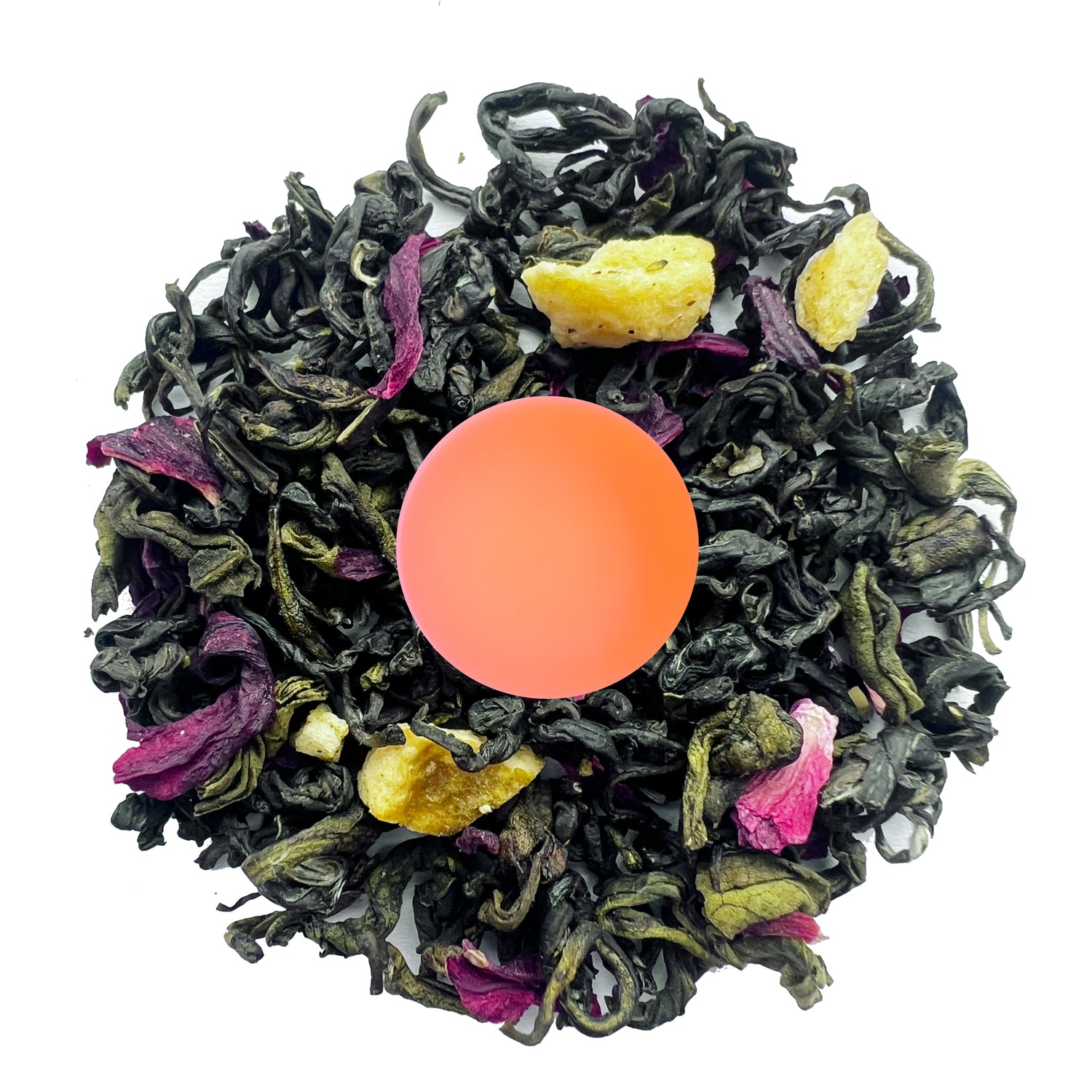
Discover Nepali Tea: A Comprehensive Guide
Tulsi herbal tea has a rich history and deep roots in Ayurveda. This ancient herbal remedy has been cherished for its medicinal properties and cultural significance for centuries. In this blog, we will explore the origins of Tulsi tea, its role in Ayurvedic medicine, and its traditional uses. This page will provide a deeper understanding of why Tulsi tea is revered and how it became a staple in many households.
The Origin of Tulsi Herbal Tea in Ayurveda
Ayurveda, the ancient Indian system of medicine, regards Tulsi (Ocimum sanctum) as one of the most sacred plants. Tulsi has been used in Ayurvedic practices for over 5,000 years. The origins of Tulsi tea can be traced back to the Vedic texts, where it was documented for its healing properties.
Ancient Texts
Tulsi is mentioned in ancient scriptures like the Charaka Samhita and the Sushruta Samhita, which highlight its medicinal uses.
Holistic Medicine
Tulsi is valued for its adaptogenic properties, helping the body adapt to stress and balance various systems.
Cultural Significance and Traditional Uses
Tulsi is not only a medicinal herb but also holds great cultural and religious significance in India. It is often found in Hindu households and temples, revered for its spiritual properties.
Religious Practices
Tulsi is considered a sacred plant in Hinduism and is worshiped in homes and temples. The plant is often grown in courtyards and used in religious rituals.
Traditional Remedies
Tulsi has been traditionally used to treat a variety of ailments, including colds, coughs, and digestive issues. It is also used in rituals to purify the environment and promote well-being.
How Tulsi Tea Became Popular
The popularity of Tulsi tea has grown globally due to its health benefits and unique flavor. Initially used primarily in Indian households, Tulsi tea has now found a place in wellness circles worldwide.
Global Awareness
Increased awareness of Ayurveda and herbal remedies has led to a surge in the popularity of Tulsi tea.
Health Benefits
Tulsi is valued for its many health benefits. The growing interest in natural and holistic health solutions has made Tulsi tea a favorite among health enthusiasts.
Conclusion
Understanding the history and origins of Tulsi herbal tea provides a deeper appreciation for this remarkable plant. From its ancient roots in Ayurveda to its cultural significance in India, Tulsi tea has earned its place as a cherished herbal remedy. By incorporating Tulsi tea into your daily routine, you can enjoy its numerous health benefits and connect with a rich tradition that spans millennia.
Buy the Finest Loose-Leaf Teas from the Himalayas
Danfe Tea brings you the finest loose-leaf teas in the Himalayas. With robust flavors and many health benefits, we invite you to try our high-quality black teas. These teas are available in 2.5-3.5 oz or 1 lb variants. We also offer monthly subscriptions to these products.
